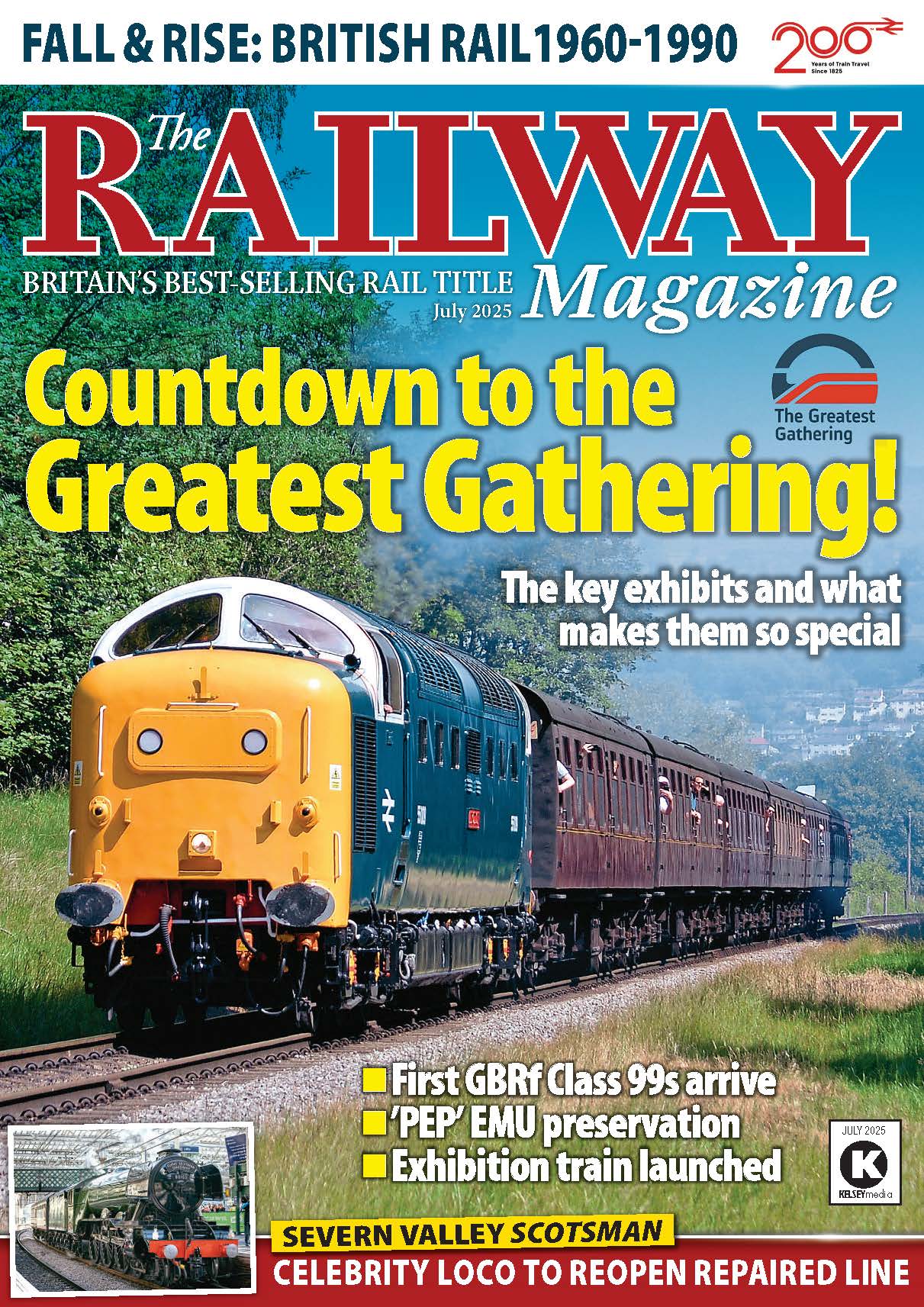While many enthusiasts are attracted by the lure of driving a standard gauge loco, Cliff Thomas takes the controls of narrow gauge ‘Quarry Hunslet’ Gwynedd with an unfitted goods train at Bressingham Museum… and finds it far from easy!
An invitation by Bressingham Steam Museum trustee Robert Ellis to spend a few hours driving newly overhauled ex-Penrhyn Gwynedd hauling a train of slate wagons was too good to turn down.
Gwynedd is a Hunslet 0-4-0ST (316/1883) Penrhyn ‘Port’-type loco built for the slate quarry operation to work at Port Penrhyn.
The loco was laid up in August 1954 when Penrhyn’s rail operations ceased, and entered preservation in May 1965. It was bought by the late Alan Bloom in 1966 for use on the Nursery Railway being constructed at Bressingham in Norfolk, entering service in 1967.
Monthly Subscription: Enjoy more Railway Magazine reading each month with free delivery to you door, and access to over 100 years in the archive, all for just £5.35 per month.
Click here to subscribe & save

After withdrawal because of firebox problems in 2007 the loco was stored until Bressingham volunteers launched the Gwynedd Restoration Project in summer 2012. By 2014, boosted by an agreement with now-closed Penrhyn Quarry Railway and a substantial donation from a sponsor, Gwynedd was on its way back to steam.
With the chassis overhauled and a new firebox fitted to the boiler at Mervyn Mays’ workshop at Yaxham, Norfolk, a fire was lit in Gwynedd’s boiler on September 13, 2016.
It was officially relaunched back into service on April 29 last year carrying Penrhyn slate quarry black with blue and red lining, surprisingly for the first time in preservation.
Authentic slate wagons
The 1½-mile long Fen Railway at Bressingham (originally the Nursery Railway) comprises a circuit through fields and woods, starting and finishing at a station close to the main entrance and exhibition buildings.
Gwynedd and her fellow ex-Penrhyn Hunslet George Sholto (and ‘new-build’ 0-4-0STT Bevan) normally haul passenger carriages on the 2ft-gauge railway as part of the attractions, which also include standard, 15in- and 10¼in-gauge railways.
However, a rake of seven on-loan Ffestiniog two-ton slate wagons and a flat (loaded with hefty lumps of slate slab) provides an alternative train for special events, along with the opportunity to try one’s hand at driving a ‘Quarry Hunslet’, hauling an authentic train.
It takes up to 2½hours for Gwynedd to raise steam. After lighting the fire, the driver oils around the motion as pressure gently builds.
After moving off shed we did a light engine circuit of the railway, partly so I could gather an idea of the line, partly to watch how the expert handled the loco, and largely because our steed was ‘a bit wet’ for a while after raising steam.
Read more and view more images in the July issue of The RM – on sale now!
One hand on the closed regulator (rather unnecessarily) the author’s right hand is firmly holding the handbrake wheel fully on as Gwynedd and its train descends past the Gallopers. CARRIE THOMAS




